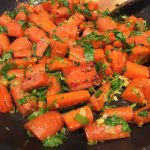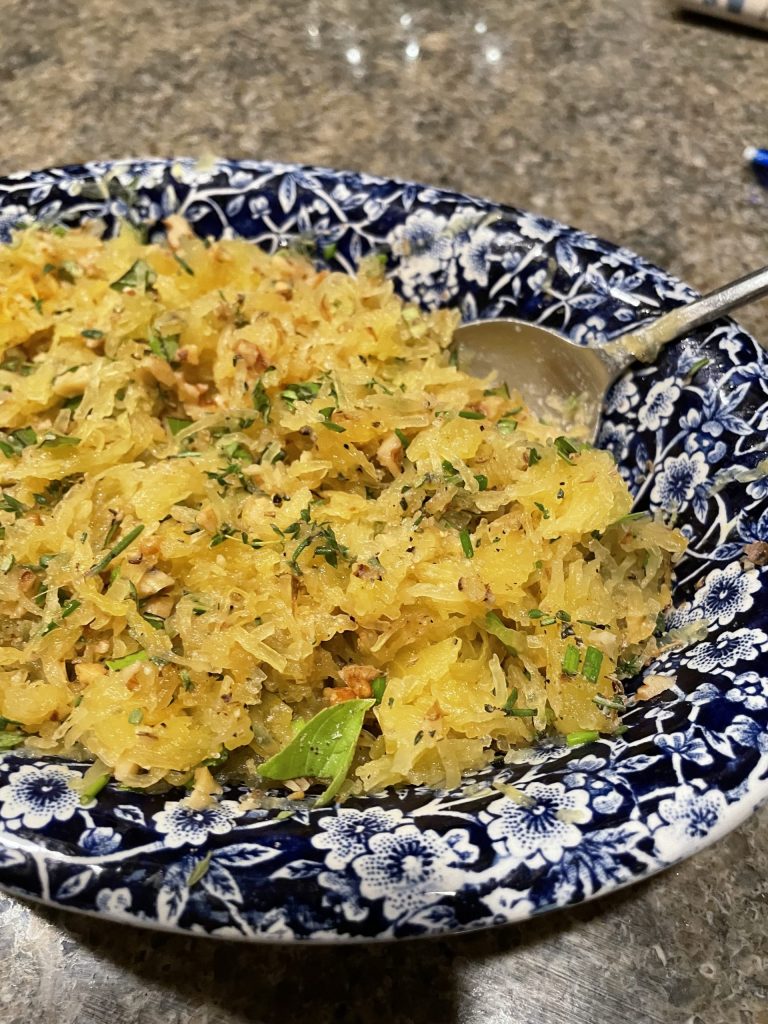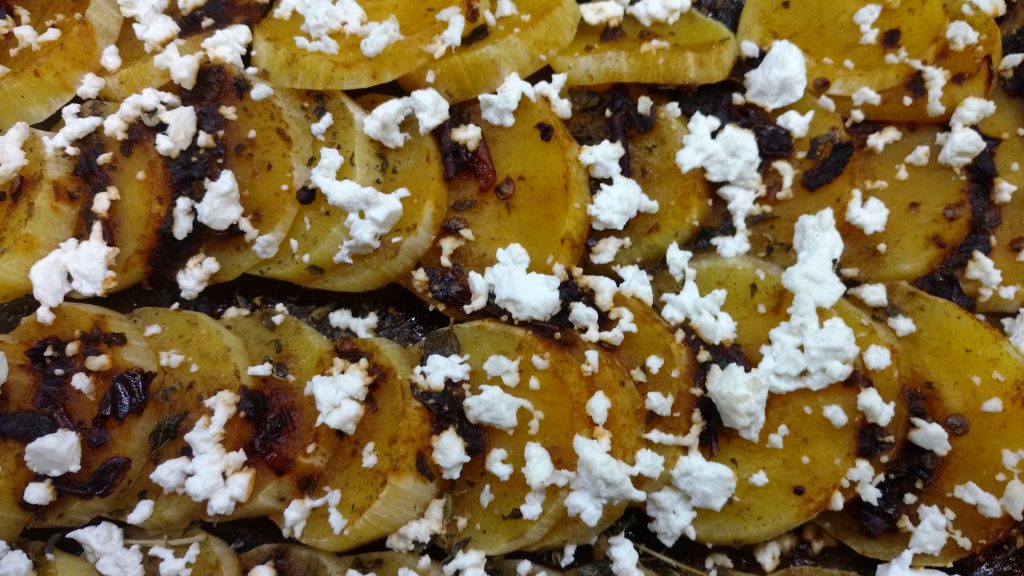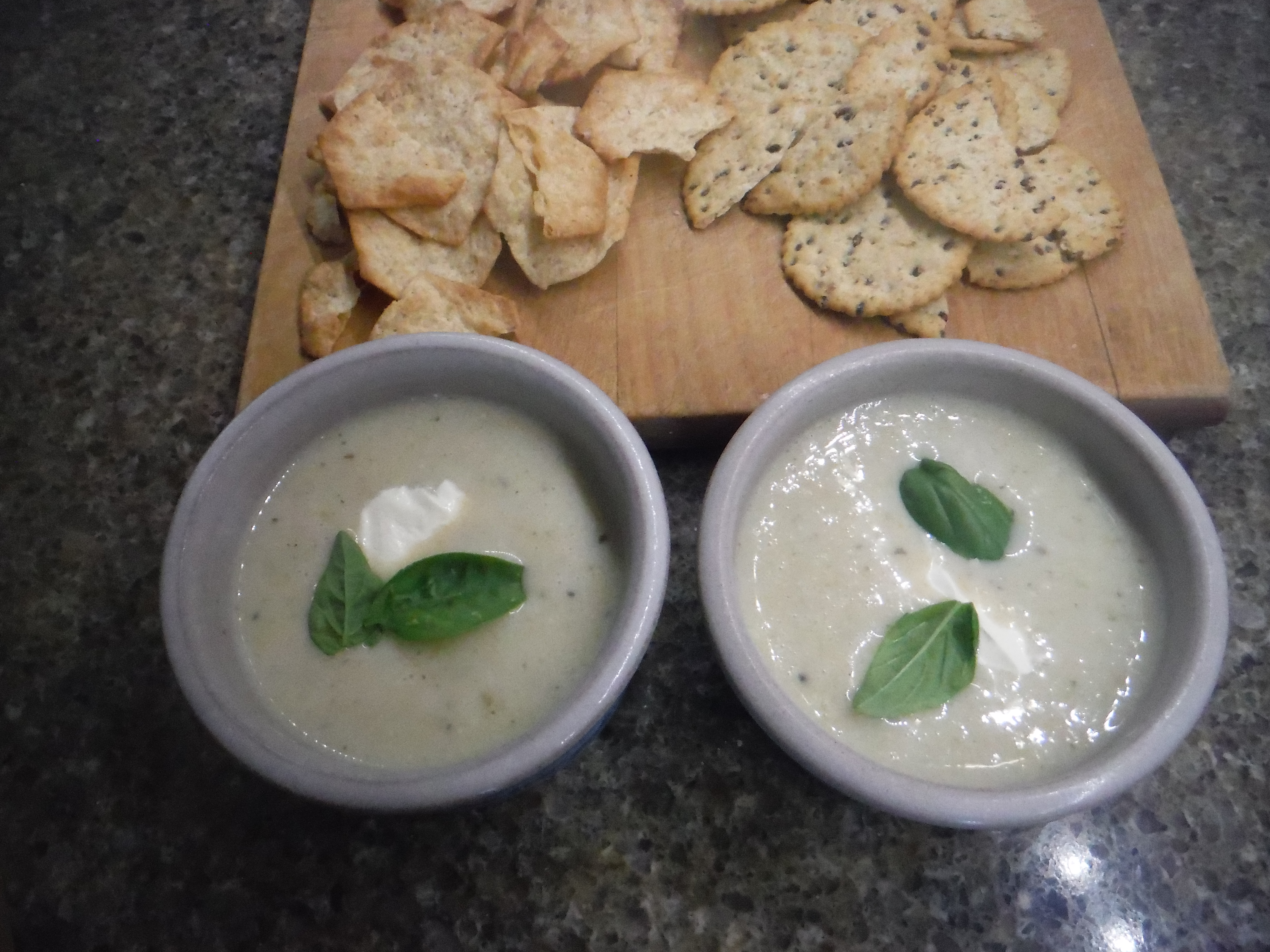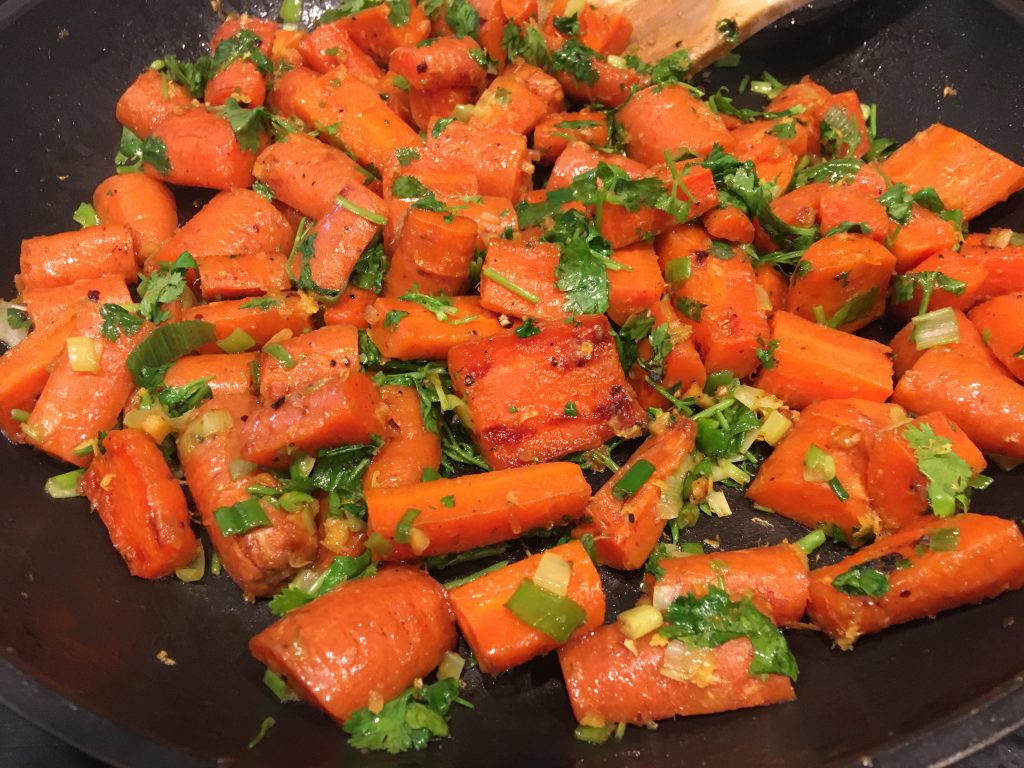
Daddy grew plenty of carrots in his huge vegetable garden every year. Stored in the root cellar they would last for months, albeit growing a few wrinkles. The orange roots were mostly supporting players in those days; never cast in the lead. Mom used them in salads, soups and stews, but primarily she nestled them along with potatoes next to a long simmered chuck roast. They also made somewhat frequent appearances raw. When she wasn’t sure what was available for lunch, they were the token veg in the guise of celery and carrot sticks. Probably parked next to the cheese and crackers that were always available.
So here we are in November, and I’m thinking that carrots might be able to segue into an official Thanksgiving side dish. What makes a great holiday side dish in my book? They need to be independent characters, more or less capable of cooking themselves, because I’m wrestling with turkey and gravy at the last minute. It’s also quite desirable for them to cook quietly on the stove top, as the oven tends to be busy baking my grandmother’s mashed potato dressing and roasting Brussel sprouts.
These steam sauted carrots meet this criteria quite nicely. Once the ingredients are prepped, they simmer to tenderness on their own, then brown a bit, uncovered, as the liquid cooks off. The carrots gain depth of flavor from the miso, sesame oil and fish sauce, finished with a hit of acidity from the rice vinegar and lemon. Stir in the fresh herbs at the end and they are ready for the table.
Today, while carrots are no kale or cauliflower in terms of popularity, they have gained considerably more respect as a solo vegetable. Roasted whole with accompaniments such as miso and honey, or tahini, they step up into that long coveted lead role as the vegetable on the plate. Some plant based eaters even stretch their credibility considerably by parking them into buns as “hot dogs.” But I’ll travel a fair distance out of my way to avoid hot dogs, whether carrot or the real thing… Today though, I’m using a steam/saute combo cooking method.
Whatever bounty graces your Thanksgiving table this year, I wish you a blessed, lovely day with family and friends. Side dishes aside, that’s what Thanksgiving is all about.
Steam Sauted Carrots
Ingredients
- 2 tsp diced ginger root
- 1 tsp coconut oil
- 1 tsp white miso
- 3 large carrots, peeled and cut into 1/2-inch pieces
- 1 tsp honey
- 1 tbsp rice vinegar
- 2 tbsp lemon juice
- 1 tsp sesame oil
- 1 tsp fish sauce
- 1/3 cup vegetable broth
- 1/2 cup chopped green onion
- 2 tsp lemon zest
- 1/3 cup cilantro, chopped
- salt and pepper to taste
Instructions
- Melt the coconut oil in a medium sized skillet over medium heat. Add the ginger root and stir lightly for a minute or so. Add the carrots, miso, honey, vinegar, lemon juice, sesame oil, fish sauce and broth. Mix and bring to a boil, cover, and lower the heat to simmer. Steam until just tender.
- Uncover the skillet and increase the heat to medium high, allowing the liquid to cook off. As the carrots begin to brown and glaze, stir in the onions, lemon zest and cilantro. Season to taste with salt and pepper, and serve.
Notes
Total Fat: 2.6 g
Sat Fat: 1.3 g
Cholesterol: 0 g
Sodium: 247 mg
Total Carbohydrate 8.5 g
Fiber: 1.8 g
Total sugar: 4.8 g
Protein: 1.4 g Nutrition calculated by VeryWellFit

